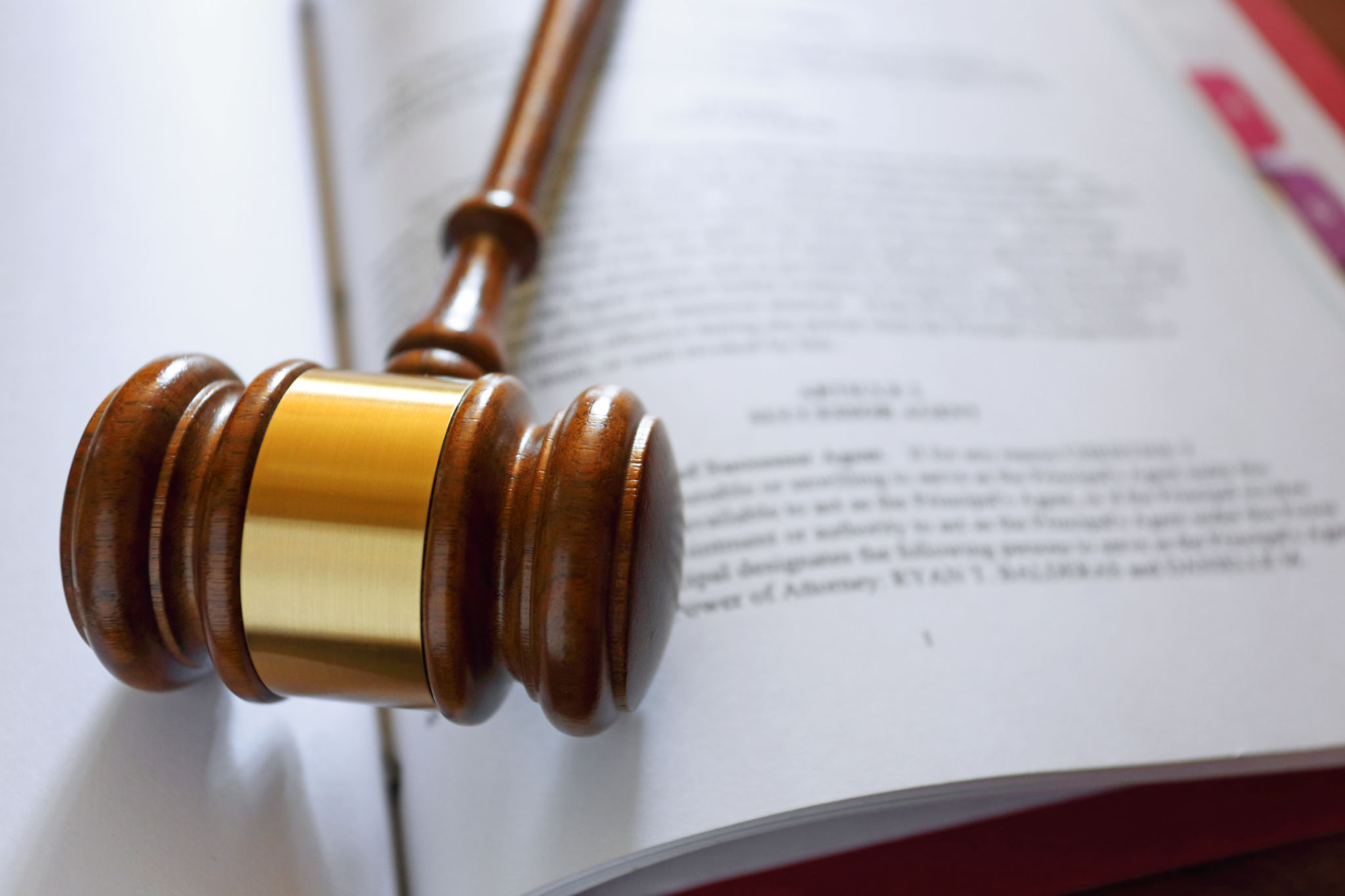Top Challenges in Subpoena Delivery and How to Overcome Them
Understanding the Complexity of Subpoena Delivery
Subpoena delivery is a crucial aspect of the legal process, yet it often faces a myriad of challenges. These challenges can hinder the timely execution of legal proceedings, affecting everything from personal injury cases to corporate litigation. Understanding these difficulties is the first step in overcoming them and ensuring that subpoenas are delivered efficiently and effectively.

Locating the Recipient
One of the primary challenges in subpoena delivery is locating the intended recipient. Individuals may move frequently, change addresses, or even intentionally evade service. This makes it difficult for process servers to fulfill their duties promptly. To overcome this, utilizing skip tracing services can be invaluable. These services use databases and investigative techniques to track down individuals who are hard to locate.
Navigating Legal Requirements
The legal requirements for subpoena delivery can vary significantly by jurisdiction, adding another layer of complexity. Process servers must be well-versed in these laws to ensure proper service. Failure to comply with local regulations can result in the subpoena being invalidated. To address this challenge, process servers should undergo regular training and collaborate with legal counsel to stay informed about any changes in the law.

Ensuring Personal Delivery
Subpoenas often require personal delivery to the recipient, which can be difficult if the individual is avoiding contact. This challenge necessitates strategic planning and sometimes creative problem-solving by process servers. Using alternative methods such as stakeouts or delivering subpoenas at unexpected times can increase the chances of successful service.
Maintaining Chain of Custody
Maintaining a clear chain of custody is crucial in subpoena delivery to ensure that the document reaches the intended recipient without tampering. This involves meticulous record-keeping and documentation of each step in the delivery process. Implementing digital tracking systems can enhance transparency and accountability, making it easier to prove that a subpoena was delivered correctly.

Handling High-Profile Cases
High-profile cases often come with added scrutiny and pressure, making subpoena delivery more challenging. In such instances, process servers must exercise discretion and professionalism to manage public attention and media inquiries. Establishing a clear communication plan with legal teams can help mitigate these pressures and ensure that the delivery process remains focused and effective.
Dealing with Hostile Recipients
Process servers sometimes encounter hostility from recipients who are unwilling to accept subpoenas. This resistance can pose safety concerns and complicate the delivery process. To overcome this challenge, process servers should receive training in conflict resolution and personal safety techniques. Additionally, working alongside law enforcement when necessary can provide an added layer of protection and authority.
Using Technology to Improve Efficiency
Advancements in technology have provided new tools for overcoming challenges in subpoena delivery. GPS tracking, mobile applications, and digital documentation systems can streamline processes and reduce errors. By adopting these technologies, process servers can improve efficiency and accuracy, ultimately enhancing the overall effectiveness of subpoena delivery.

Conclusion
While subpoena delivery presents several challenges, understanding and addressing these issues is essential for successful legal proceedings. By employing strategic approaches and leveraging technology, process servers can navigate these obstacles effectively. Continuous education and adaptation to changing legal landscapes will also ensure that subpoena delivery remains a reliable component of the justice system.